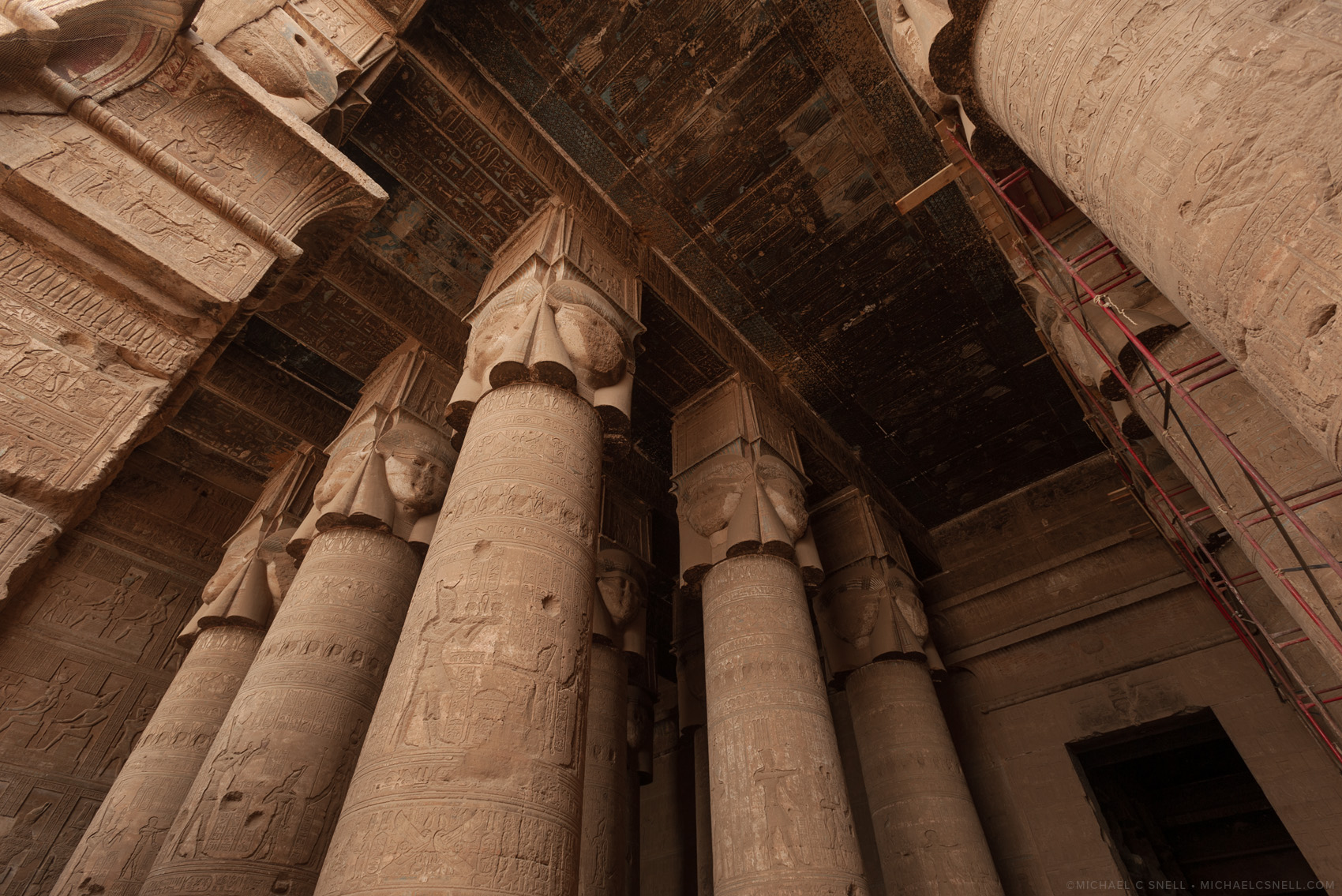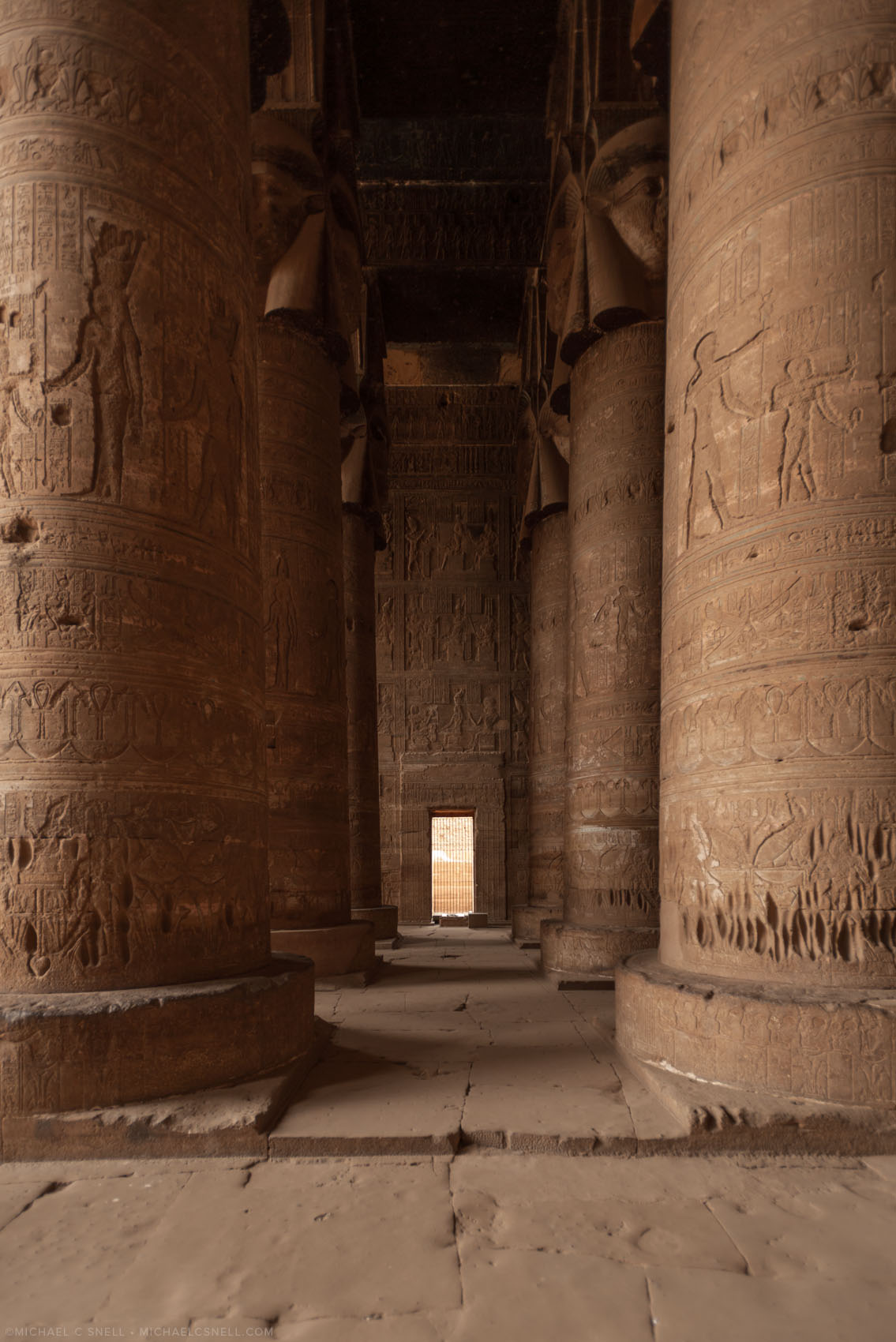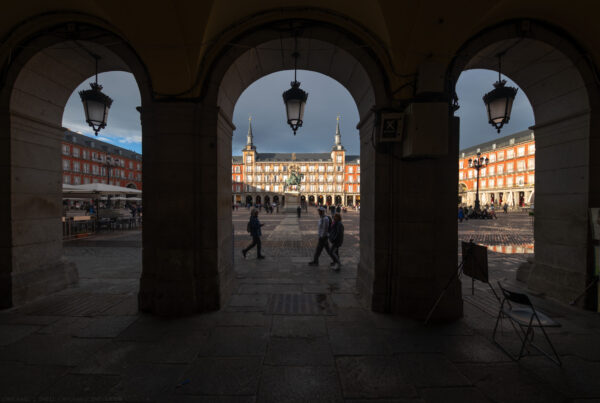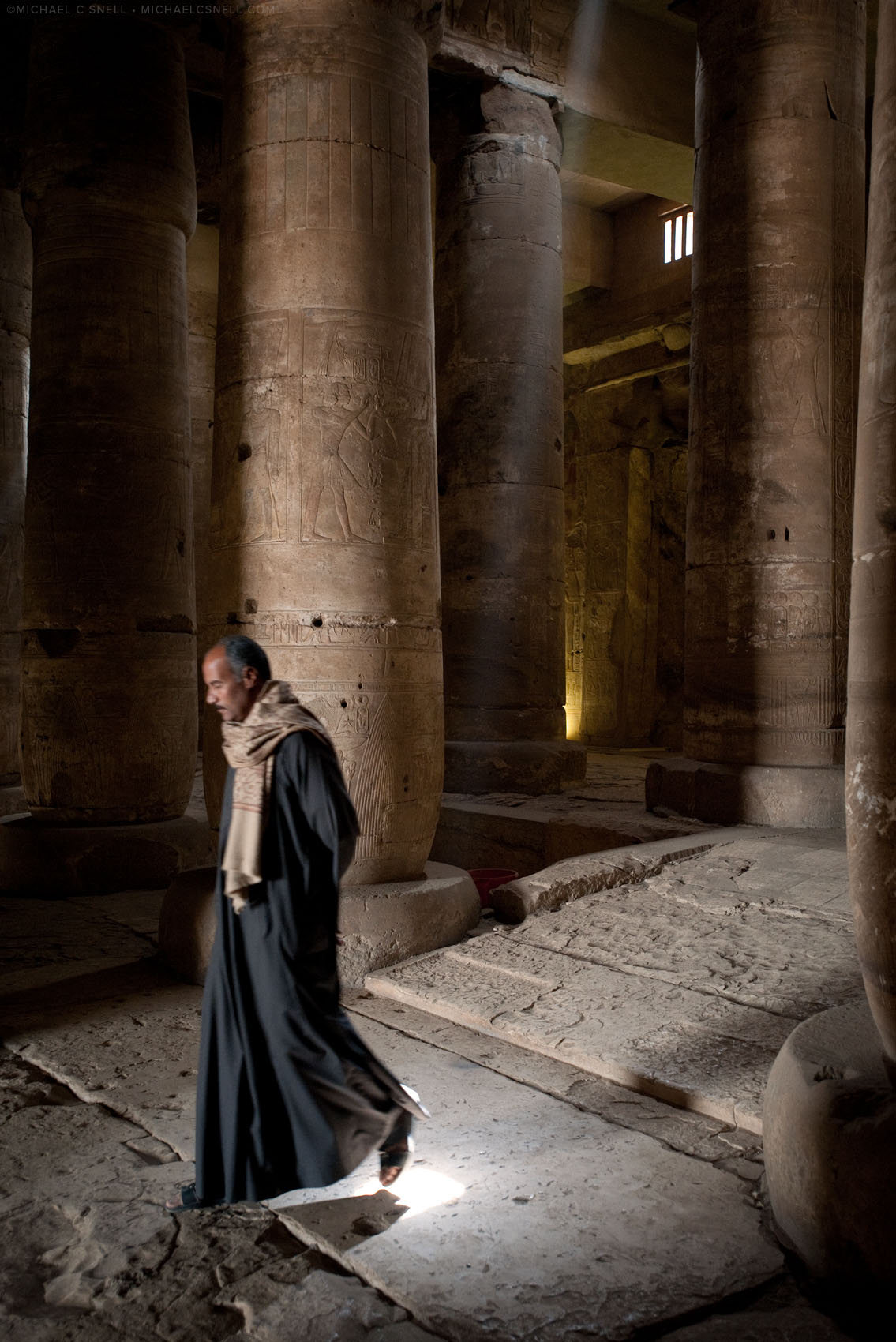
The Temple of Seti I in Abydos, Egypt
Well, this post took an unexpected turn.
I came here to write about the temple complex in Abydos, Egypt, that National Geographic named in the article “See these 6 architectural wonders before they disappear.” I remember visiting Abydos in 2009 and finding it, and some of the other remote sites, much more interesting than those in more populated areas (the pyramids in Giza or the temples in Luxor, for example).
That’s a recurring theme in my travels — I prefer the less visited, less commercialized spots.
But then I became distracted as I was pulling images for this post, because I didn’t see any columns in my photos that looked as massive as those in the photo used in the Nat Geo article. It’s a beautiful photo, and I hated to think that I’d missed such a grand space when photographing the temple in Abydos on my visit.
I think I solved the mystery. I believe Nat Geo used the wrong photo — a photo of a different temple. The photo they used appears to be the temple I visited later on that same day in 2009 — the Temple of Hathor in Dendera, Egypt. I’ll include a couple of my photos of Dendera at the end of this post for comparison. I could be wrong, but those Hathor face-shaped column capitals are a giveaway.
But my original point was to support the cause of preservation of sites like Abydos. The article states that “now Abydos is one of the country’s most guarded—and least trafficked—archaeological sites” due to problems with looting. Looting, partially due to the remoteness of the site.
The Temple of Seti I is an incredible structure that even manages to have remains of original paint visible on its walls and ceilings. Since my visit, there have been efforts to clean these painted friezes and to stabilize some structural elements. I’m glad they’re making the effort. It would be easy to overlook these off-the-beaten-track sites and spend resources on the more visible sites. In my opinion, however, these remote sites offer a better visitor experience. You often have the place to yourself to imagine the past, rather than being surrounded by other tourists and all of the services (good and bad) that pop up to support the traffic.
Here are some of my photos from 2009. I’d love to go back. When I do, I’ll make visiting these far flung sites a priority.
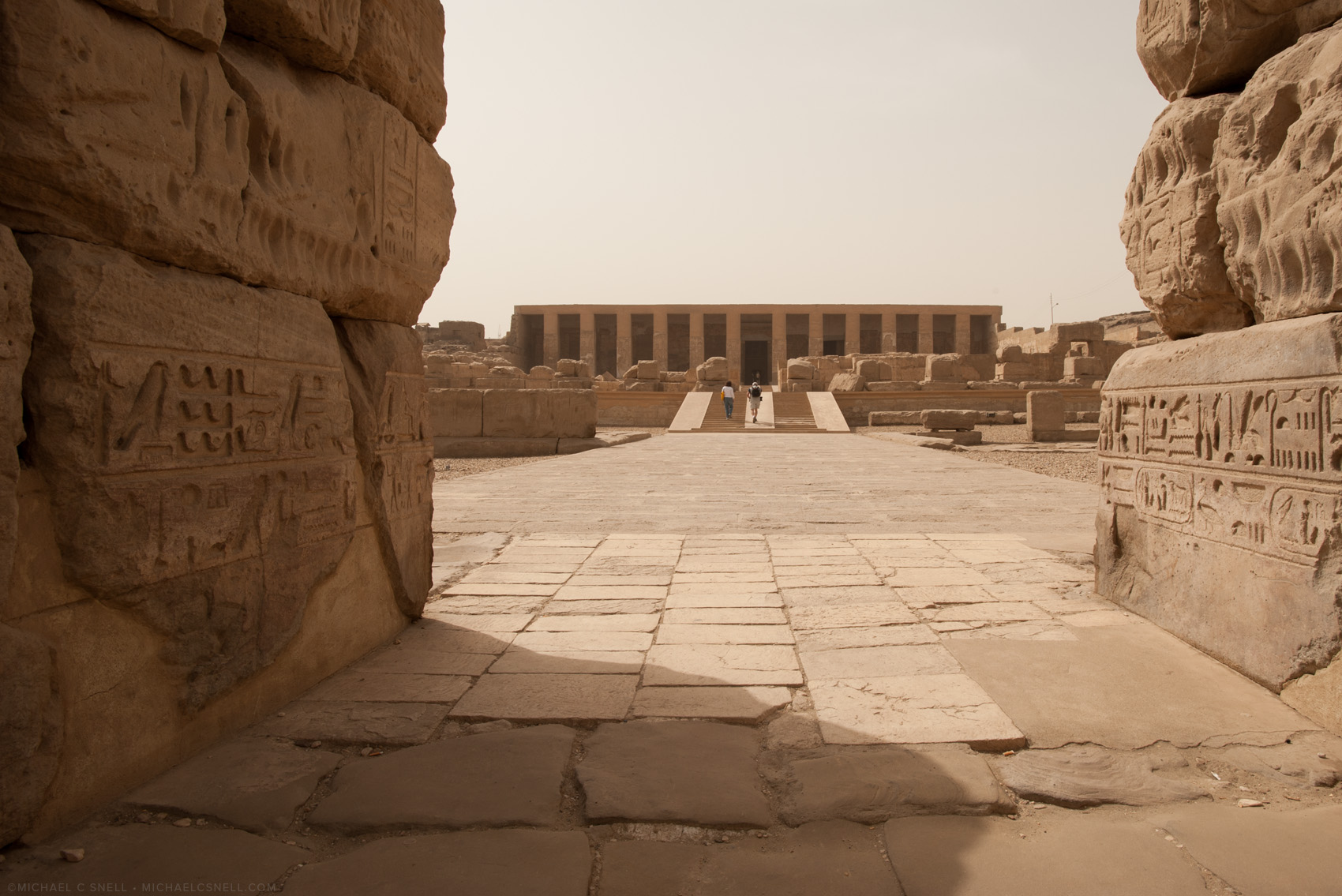
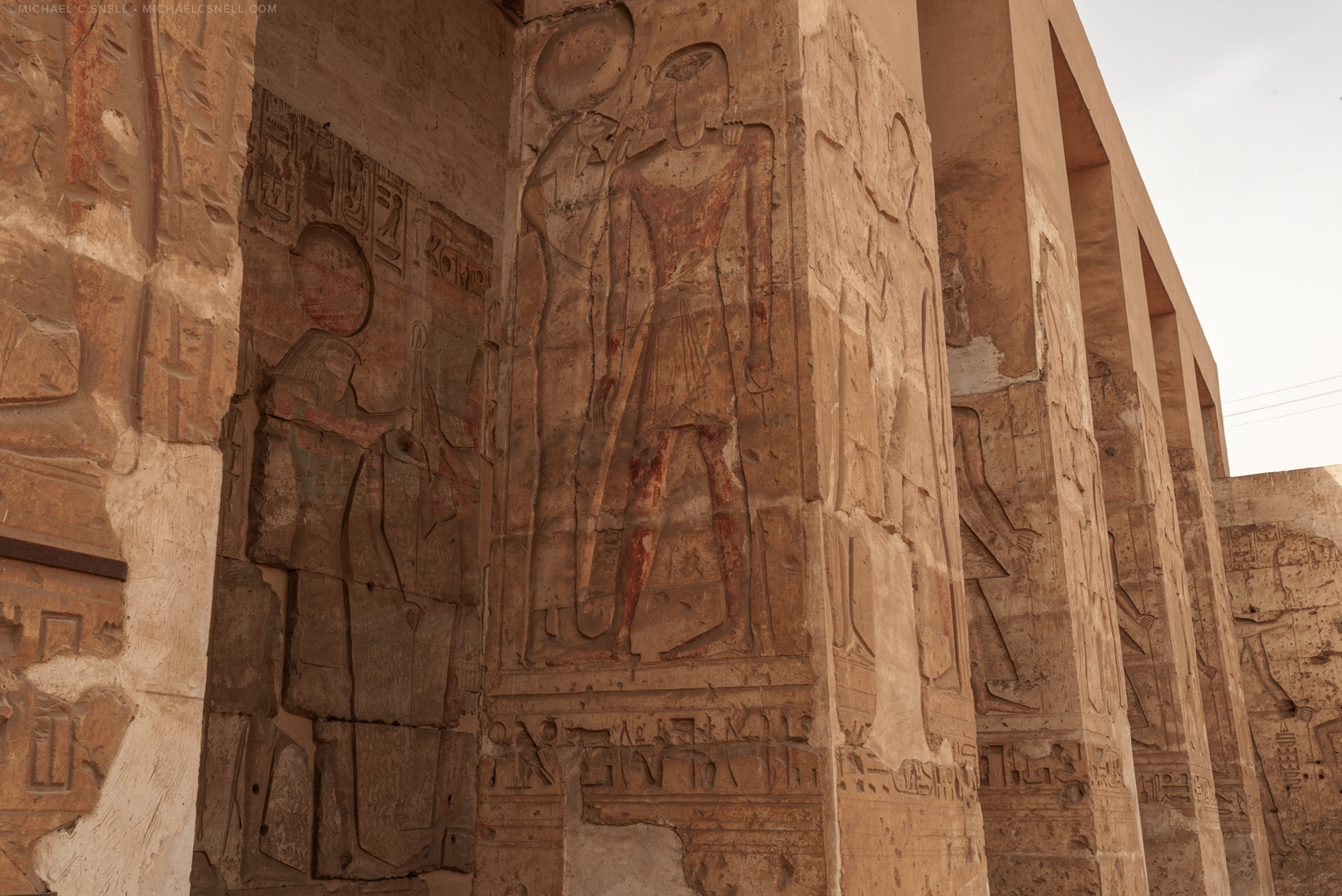
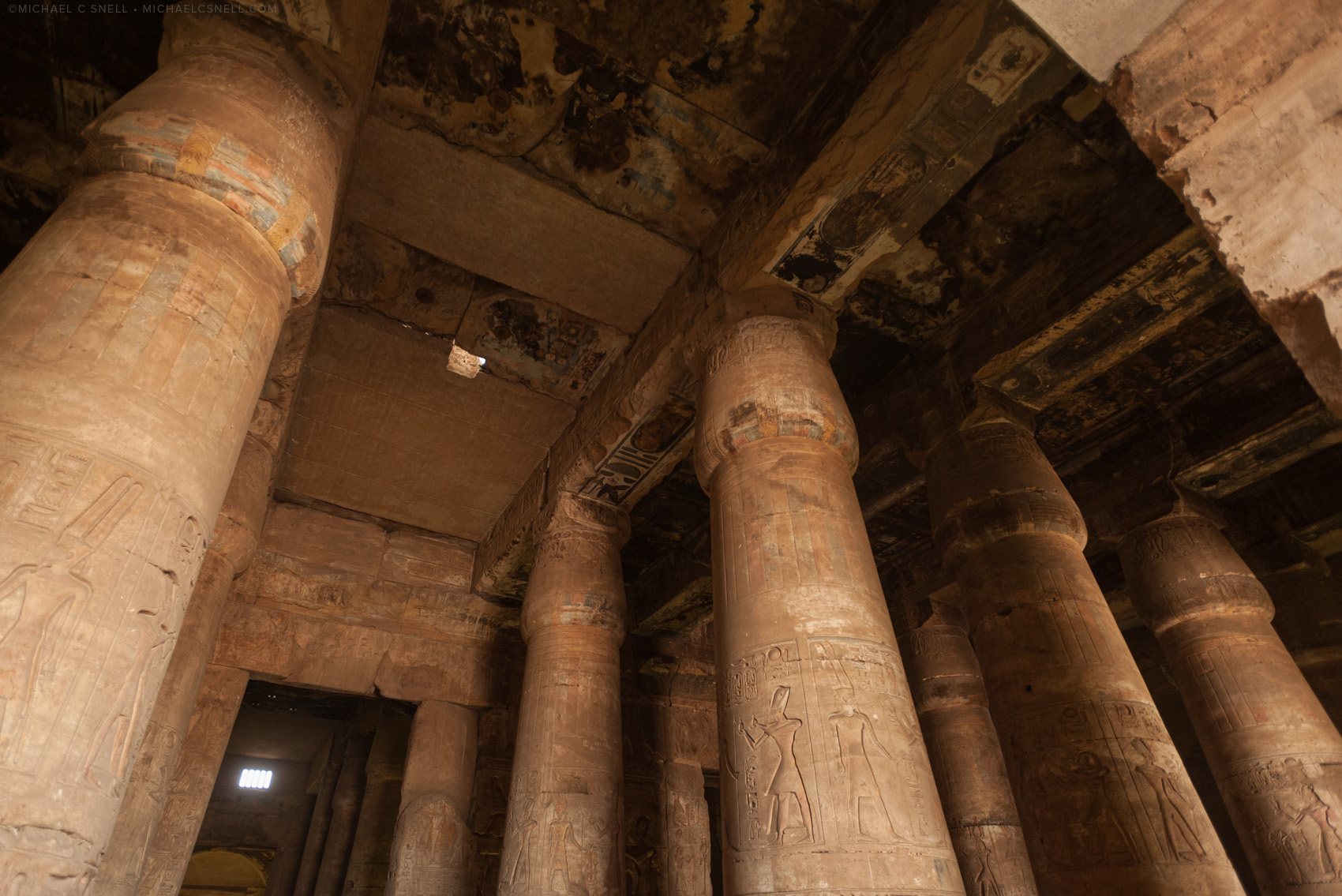
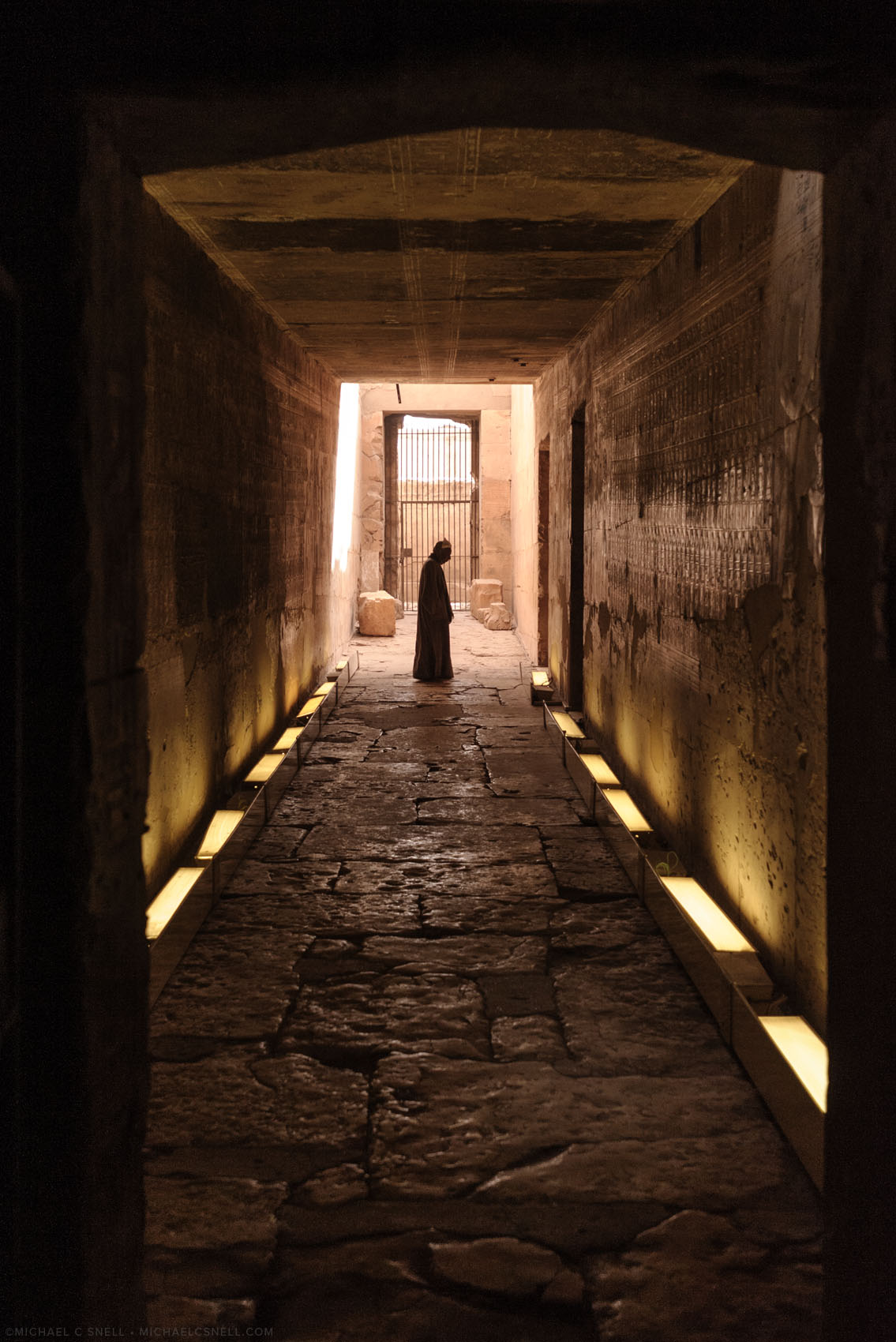
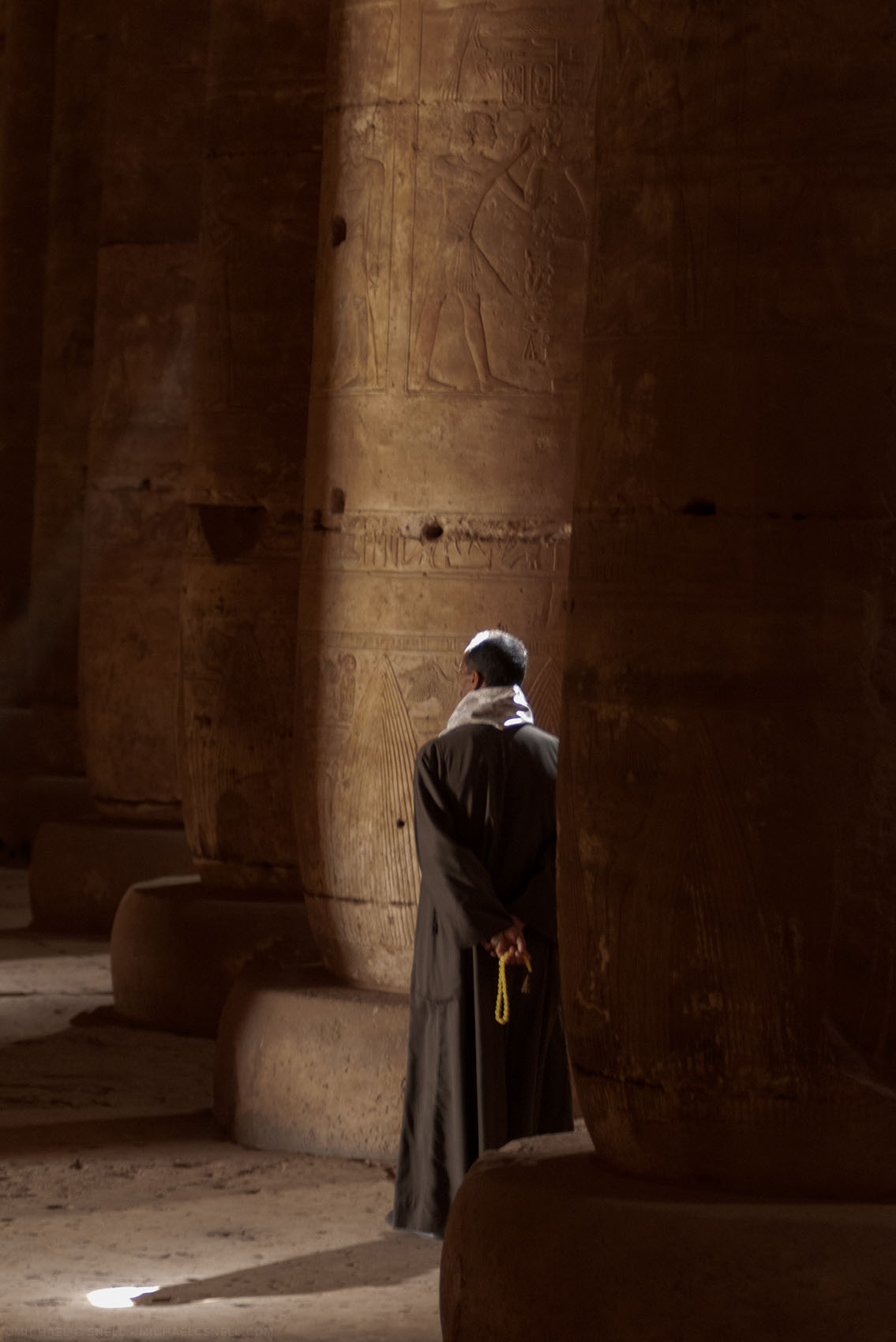
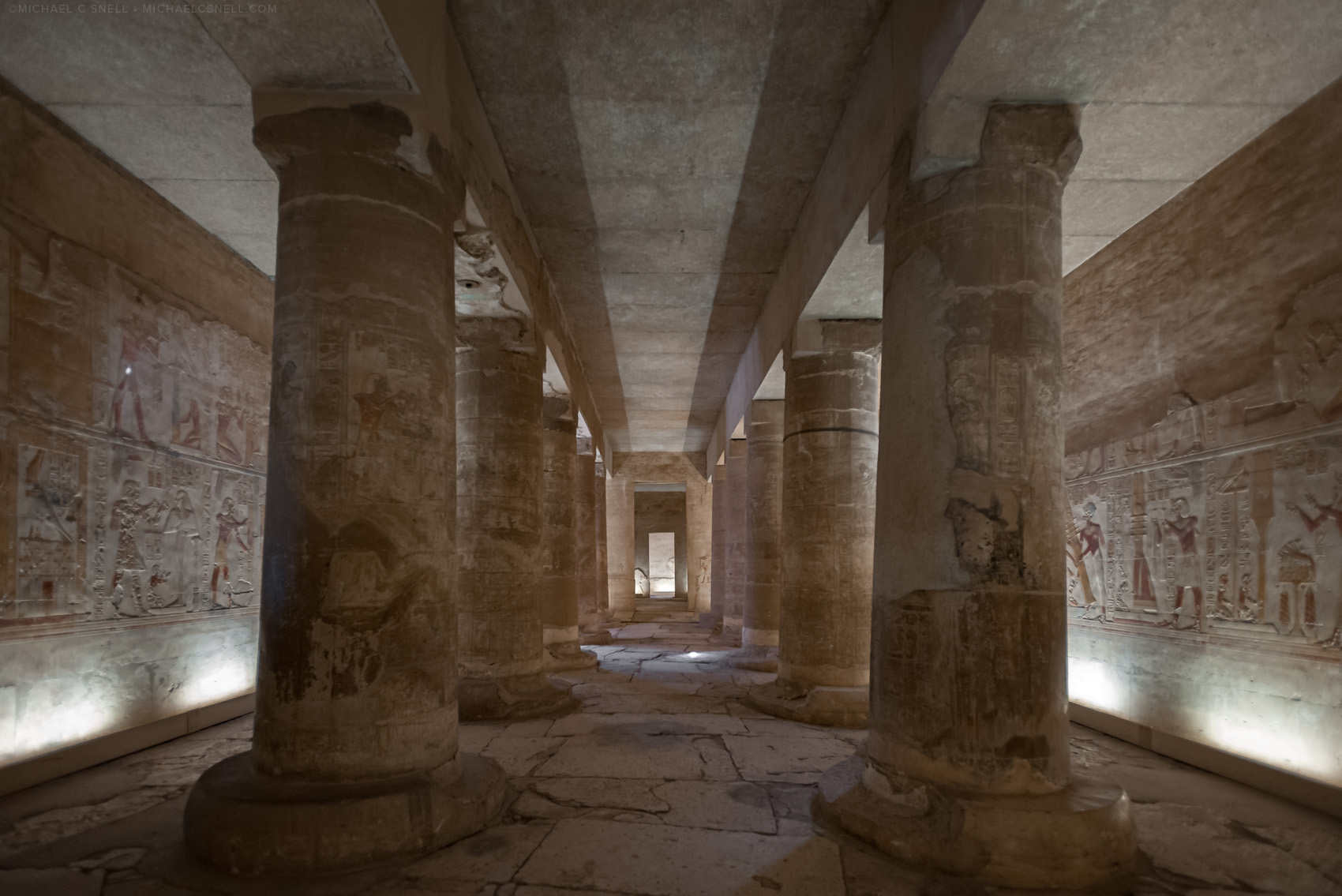
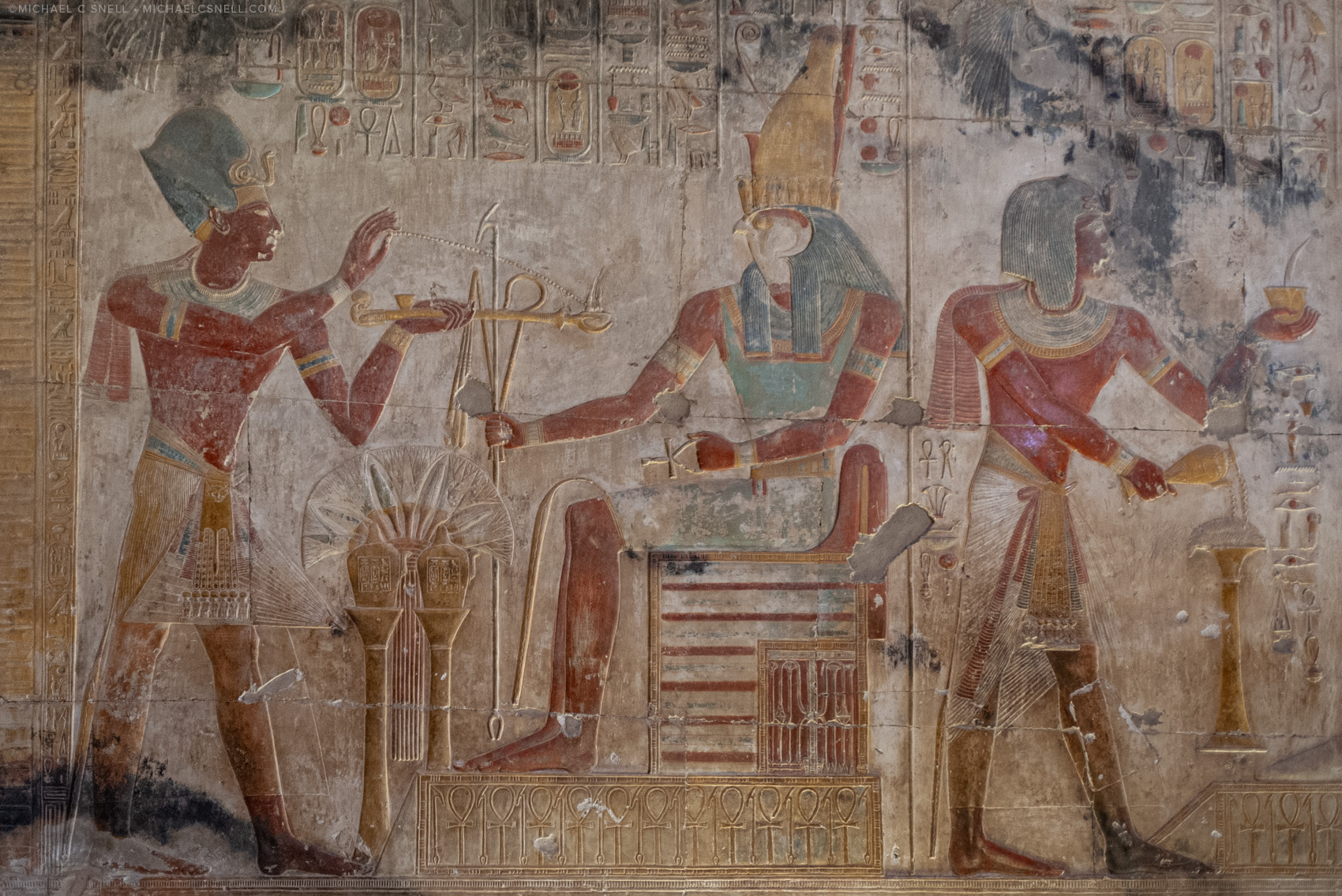

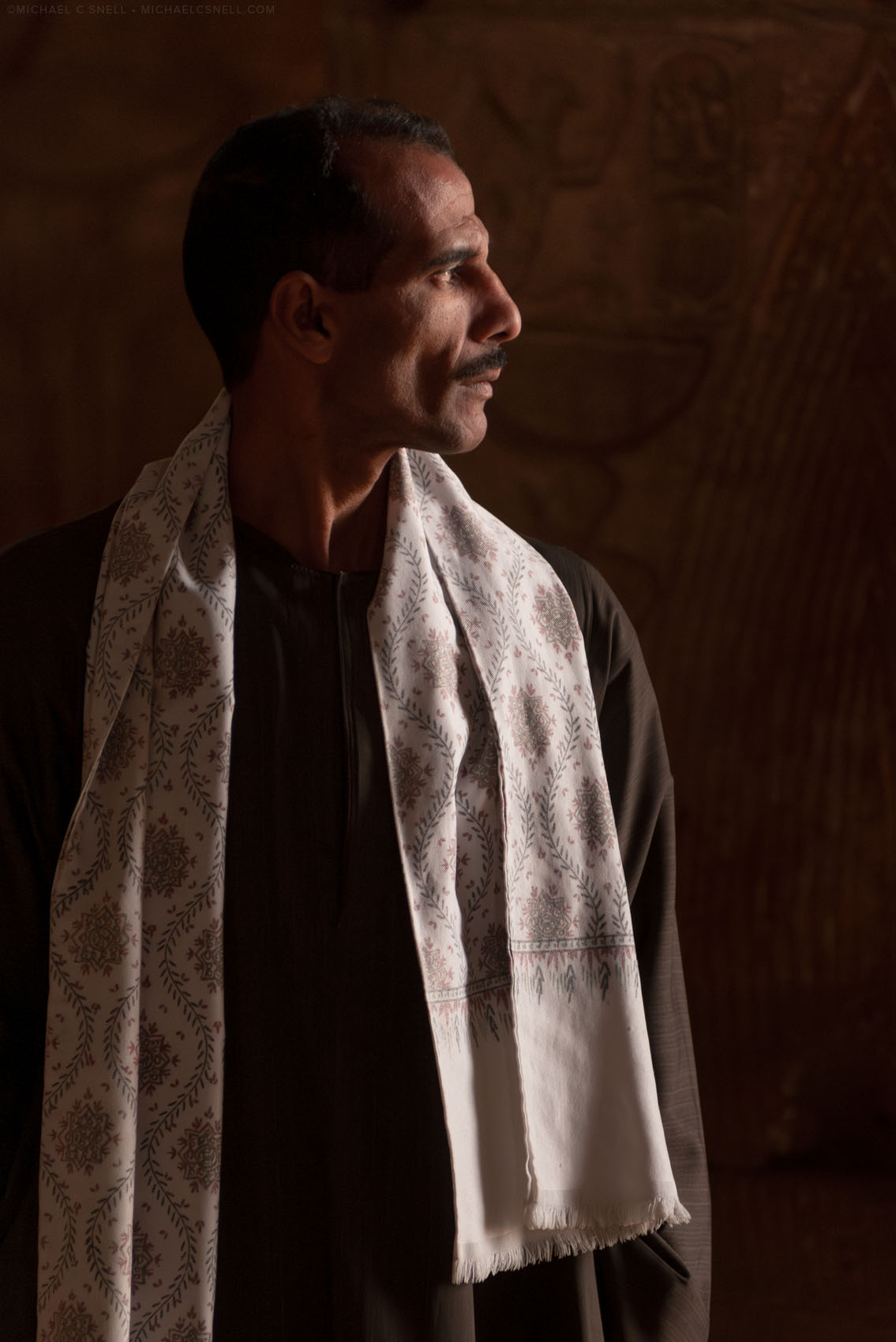
Abydos in fiction:
And — yes — if you are a fan of the movie and TV series “Stargate,” Abydos might be a familiar name to you as it was the first world the humans visited when using the gate. Just a bit of trivia for you.
Now, back to that National Geographic photo — here are a couple of my images from the Temple of Hathor in Dendera:
